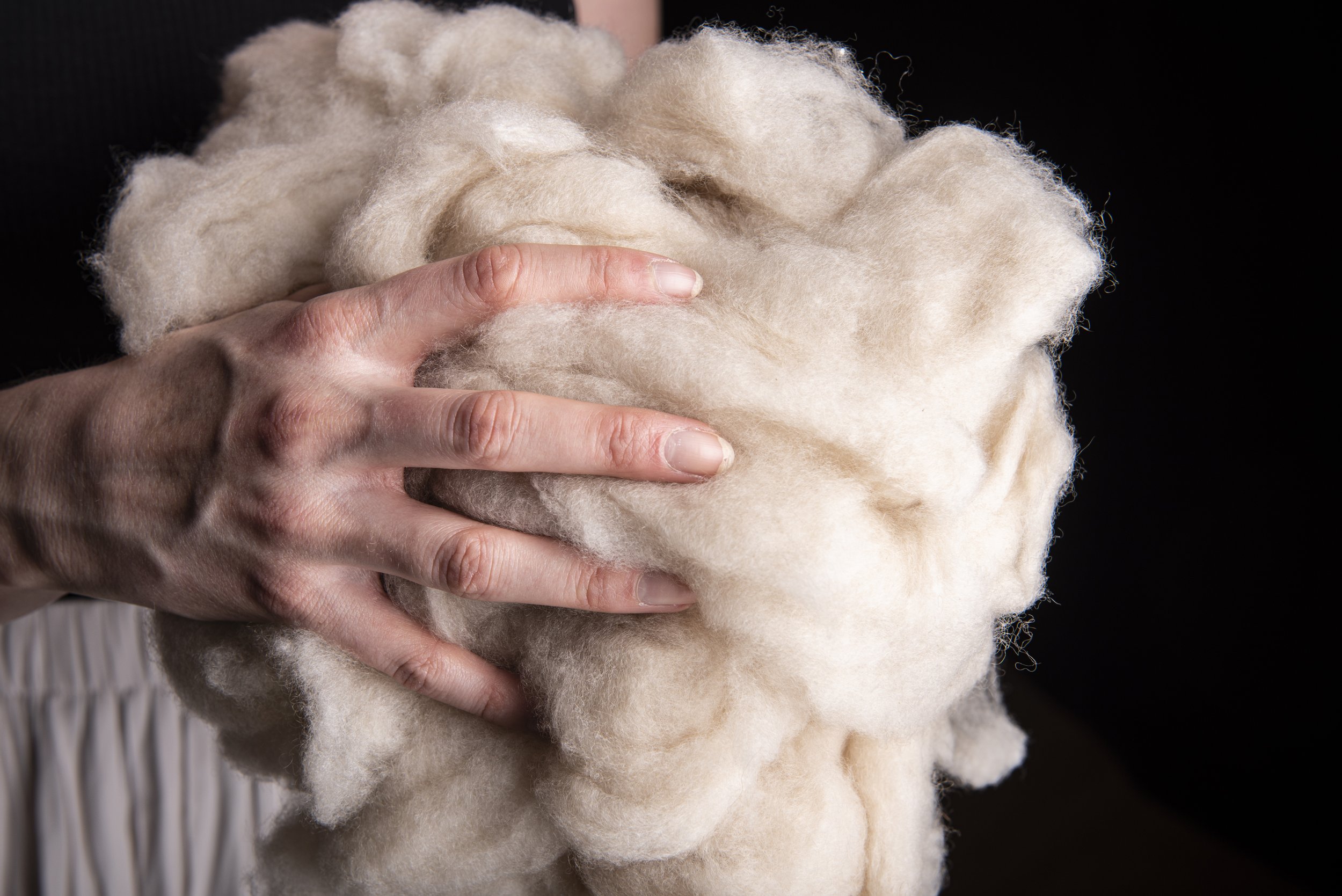Discovering What Material Is Cashmere and Its Role in High-End Clothing
Discovering What Material Is Cashmere and Its Role in High-End Clothing
Blog Article
Factors You Must Require Cashmere an All-natural Fiber for Comfort and Sophistication in Everyday Wear
In the world of textiles, few fibers measure up to the luxury and comfort of cashmere. How can one best use cashmere to raise their style? These appealing inquiries lay the structure for an informing expedition right into the globe of cashmere. cashmere fibre.
Recognizing the Luxurious Nature of Cashmere

Evaluating the Convenience Variable of Cashmere Clothing
Cashmere's distinct fiber structure permits for breathability, controling temperature level and protecting against overheating. Cashmere's hypoallergenic residential properties likewise contribute to its comfort, making it a suitable option for delicate skin. In essence, the convenience of cashmere is acquired from its gentleness, breathability, resilience, hypoallergenic nature, and convenience.

The Environmental Impact and Sustainability of Cashmere
While the convenience and style of cashmere are undoubtedly appealing, it's equally crucial to consider its partnership with the environment. Cashmere manufacturing, largely in Mongolia and China, involves elevating cashmere goats, which can considerably strain breakable meadow ecosystems because of overgrazing. This can bring about desertification, a pushing ecological issue. Additionally, the processing of cashmere, entailing cleaning and coloring, can also contribute to water contamination if not properly taken care of. Nevertheless, initiatives are being made to develop lasting cashmere manufacturing approaches, such as rotational grazing and cleaner processing methods. While cashmere has ecological influences, its sustainability mainly depends on manufacturing practices.
Comparing Cashmere to Artificial Fibers: A Cost-Benefit Evaluation
Regardless of its environmental obstacles, cashmere offers an one-of-a-kind set of advantages over synthetic fibers. On the price side, cashmere is indisputably much more expensive because of its labor-intensive manufacturing process. The advantages make it worth the investment. Cashmere's natural fibers use exceptional soft qualities and warmth, translating into convenience that synthetic fibers have a hard time to match. Moreover, cashmere pieces are highly sturdy, promising durability that offsets first prices over time. Unlike artificial fibers, cashmere doesn't contribute to microplastic air pollution, making it a more sustainable choice. On the other hand, artificial fibers, while less expensive upfront, supply less convenience, have much shorter life-spans and posture environmental problems. Thus, when assessing cost-benefit, cashmere's exceptional high qualities make it a worthwhile financial investment for daily wear.
Styling Tips With Cashmere for Everyday Sophistication
Having actually thought about the cost-benefit analysis of cashmere compared to synthetic fibers, it becomes clear why this elegant material is a favored option for many. When styling cashmere for day-to-day style, simpleness is key. Inevitably, the intrinsic style of cashmere makes it a functional enhancement to any kind of wardrobe, effortlessly improving day-to-day attire Check This Out with a touch of deluxe.

Verdict
In enhancement, cashmere's sustainability and lower ecological effect contrasted to synthetic fibers even more enhance its appeal. Investing in cashmere garments is a worthwhile choice for design, sustainability, and convenience.

Report this page